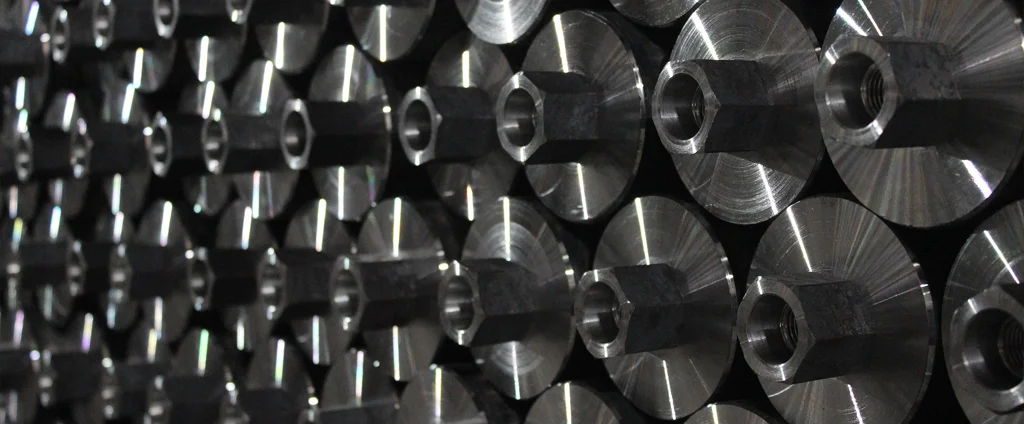SAE/AISI 1110 Carbon Steel (UNS G11100)

SAE/AISI 1110 is a low-carbon steel alloy recognized for its excellent machinability, weldability, and formability. Its blend of strength and cost-effectiveness makes it a favored choice in various industries that require durable and reliable materials.
| Chemical Composition | ||
|---|---|---|
| Element | Min | Max |
| Iron | 99.1% | 99.6% |
| Carbon | 0.08% | 0.13% |
| Manganese | 0.30% | 0.60% |
| Phosphorous | —— | 0.04% |
| Sulfur | 0.08% | 0.13% |
The following table provides a list of SAE/AISI 1110 properties in both SI and US customary/Imperial units.
Click on the button to switch between Metric and Imperial units.
| Physical Properties | Metric |
|---|---|
| Density | 7700 - 8030 kg/m3 |
| Mechanical Properties | Metric |
| Young’s Modulus (E) | 190 - 210 GPa |
| Poisson’s Ratio (ν) | 0.27 - 0.30 |
The values in this table are approximate and can vary depending on various factors such as the specific manufacturing process and heat treatment applied to the alloy.
Advantages & Disadvantages of 1110 Carbon Steel
| Advantages | Disadvantages |
|---|---|
| High strength | Low ductility |
| Good machinability | Susceptible to corrosion |
| Relatively inexpensive |
Applications of 1110 Carbon Steel
SAE/AISI 1110 carbon steel is widely utilized across various industries, offering a range of benefits in different applications, including:
- Springs: Used for manufacturing springs, offering high strength, durability, and the ability to withstand repeated stress without deforming.
- Cutting tools: Often employed in the production of cutting tools such as knives, saw blades, and drill bits, due to its excellent hardness and wear resistance.
- Railroad components: Commonly used in railroad industry components like track spikes and railway bolts, valued for its high strength and durability.
- Automotive components: Ideal for automotive parts such as gears, clutch components, and bearings, thanks to its high strength and wear resistance.
- Industrial machinery: Utilized in the manufacturing of various industrial machinery components such as gears and shafts, known for its strength, toughness, and machinability.
- Construction: Frequently used in reinforcing bars and structural components in construction, appreciated for its strength and long-term durability.
- Tool and die making: Commonly found in tool and die making, where it is used for manufacturing die blocks, punches, and cutting edges, owing to its high hardness and wear resistance.
